At our ‘Ohana OT pediatric clinic we see over 100 children per week with Sensory Processing Disorder. Most of these children are overly sensitive to light, visual clutter, sound, and touch. This oversensitivity triggers a neurological flight/flight/freeze/or shut down reaction similar to suddenly discovering a spider on your body. You might smack it off of you (fight), panic and run out of the room (flight), panic and not be able to move (freeze), or completely shut down /pass out. Your students who have sensory processing disorder are reacting in this way to ordinary environmental stimulation in the school setting. They are unable to control this neurological reaction and it looks exactly like naughty behavior (e.g. hitting, running away, hiding, yelling, not answering you, not paying attention, staring). Here are some simple things that can be done to help to create an ambiance in your classroom that will reduce this neurological reaction and promote learning.
1) Turn off florescent lighting and replace with natural lighting and lamps whenever possible. Sensory kids hear the buzzing and see the flicker that we do not notice and it stresses them out all day leaving their nerves frazzled. In our clinic we see the positive effects of turning off florescent lighting everyday. You can also decrease the brightness of florescent lighting with light covers such as the one below.
2) Reduce visual clutter. Make sure there is some part of your classroom where the eyes can rest. Leave some areas blank with nothing on the wall. Sensory kids will also benefit from having an “office” made from taping two folders together to make a visual block from their peers when needing to focus on their work. This is a great tool for all kids.
3) Reduce noise in the classroom with sound absorbing rugs, curtains and furniture such as bean bags and an upholstered chair. Sensory kids have supersonic hearing and it is as if the volume of every sound is turned way up.
4) Have noise reduction headphones available hanging on a hook for student to use whenever they need to. This is especially helpful when there is a fire alarm (which tends to be very traumatic and painful for sensory kids) and anytime where there is too much noise for the student (e.g. assemblies). Here are the ones we use in our clinic
5) To avoid unexpected touch, allow your sensory kids to be first or last in a line and at the end of a row of desks. Also do not seat them near the noisy parts of the classroom such as by the door or near a fan.
6) Create a safe cozy spot in the classroom to retreat to in order to get away from the light, noise and other children. This could be created with bookshelves in a corner, a folding pup tent, or a sheet draped above the area for “shade” from the lights. Put in a soft rug and some big pillows and you have a place for your kids to feel comfortable when they are feeling over stimulated. It is important that sensory kids can have access to this space when they need it.
In Parts 2 and 3 I address how to provide the body with calming sensory input in the classroom and tricks for smooth transitions.
Blog Article: Sensory Smart Classroom Secrets Part 2 – Calming the Student’s Body
Blog Article: Sensory Smart Classroom Secrets Part 3 – Transition Tips and Tricks
Next Step:
If you need additional help contact us at (509) 888-7435 or at marykostka@ohanacenter.com to set up a Skype consultation and pay here.
Mary Kostka is a Pediatric Occupational Therapist specializing in Sensory Processing Disorders at her private practice, ‘Ohana Occupational Therapy, LLC, in Wenatchee and Leavenworth Washington, USA She has over 29 years of experience with assisting teachers with making their classrooms sensory friendly.
OhanaOt.com
‘Ohana Occupational Therapy, LLC
1139 N Princeton Suite B
Wenatchee, WA 98801
Ph: 509-888-7435
Fax: 509-888-7674
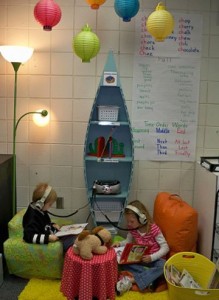
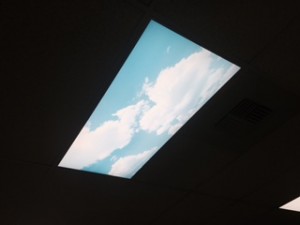

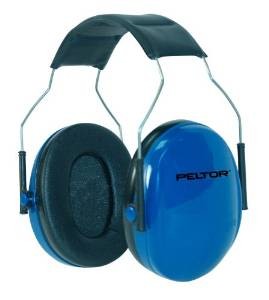
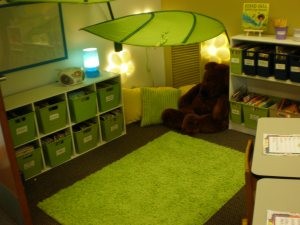
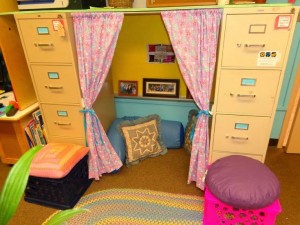




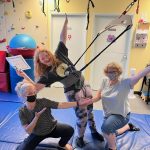

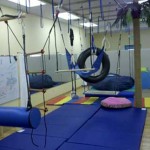
Leave a Reply
You must be logged in to post a comment.